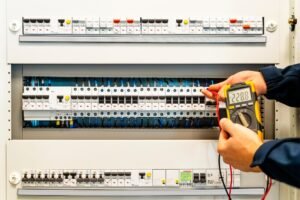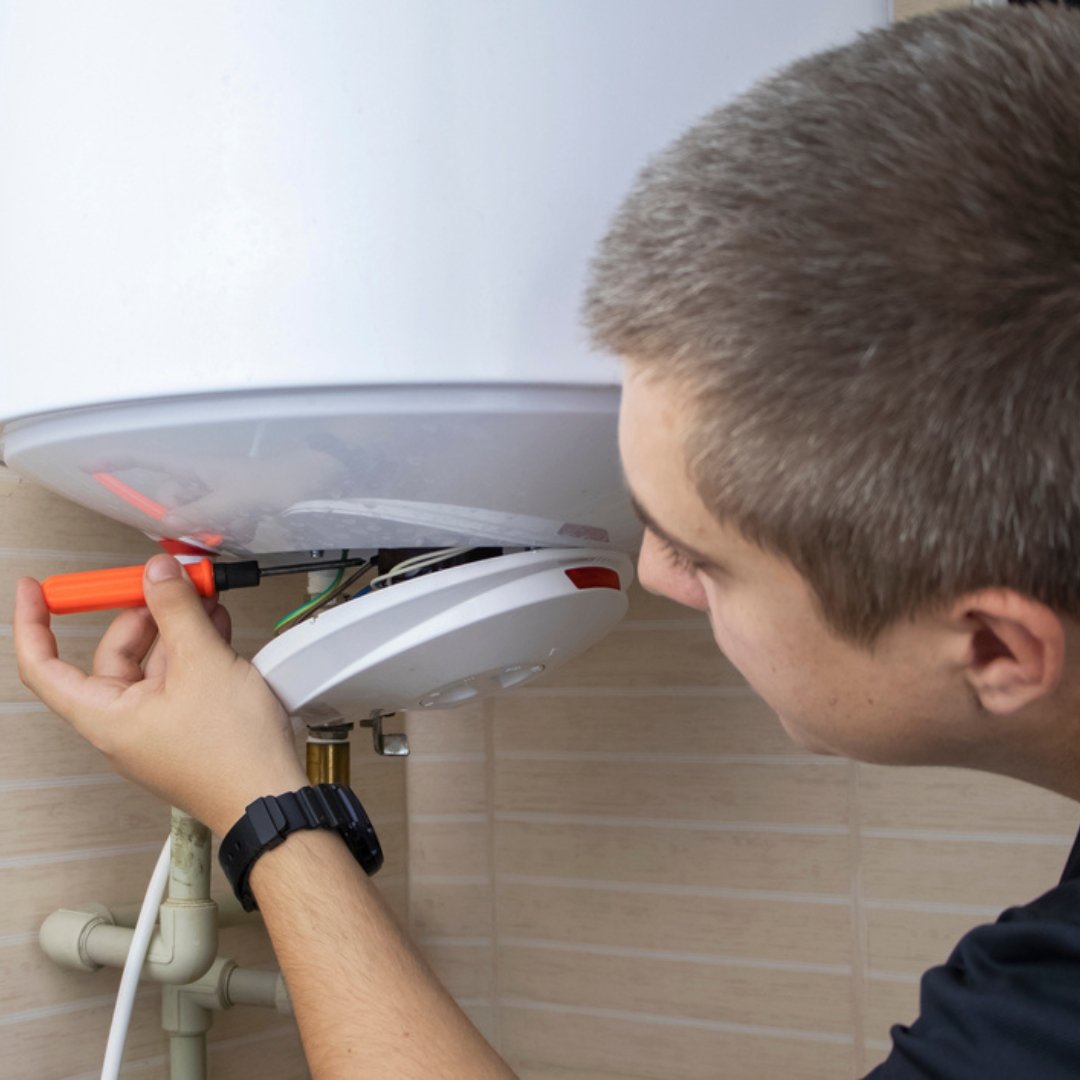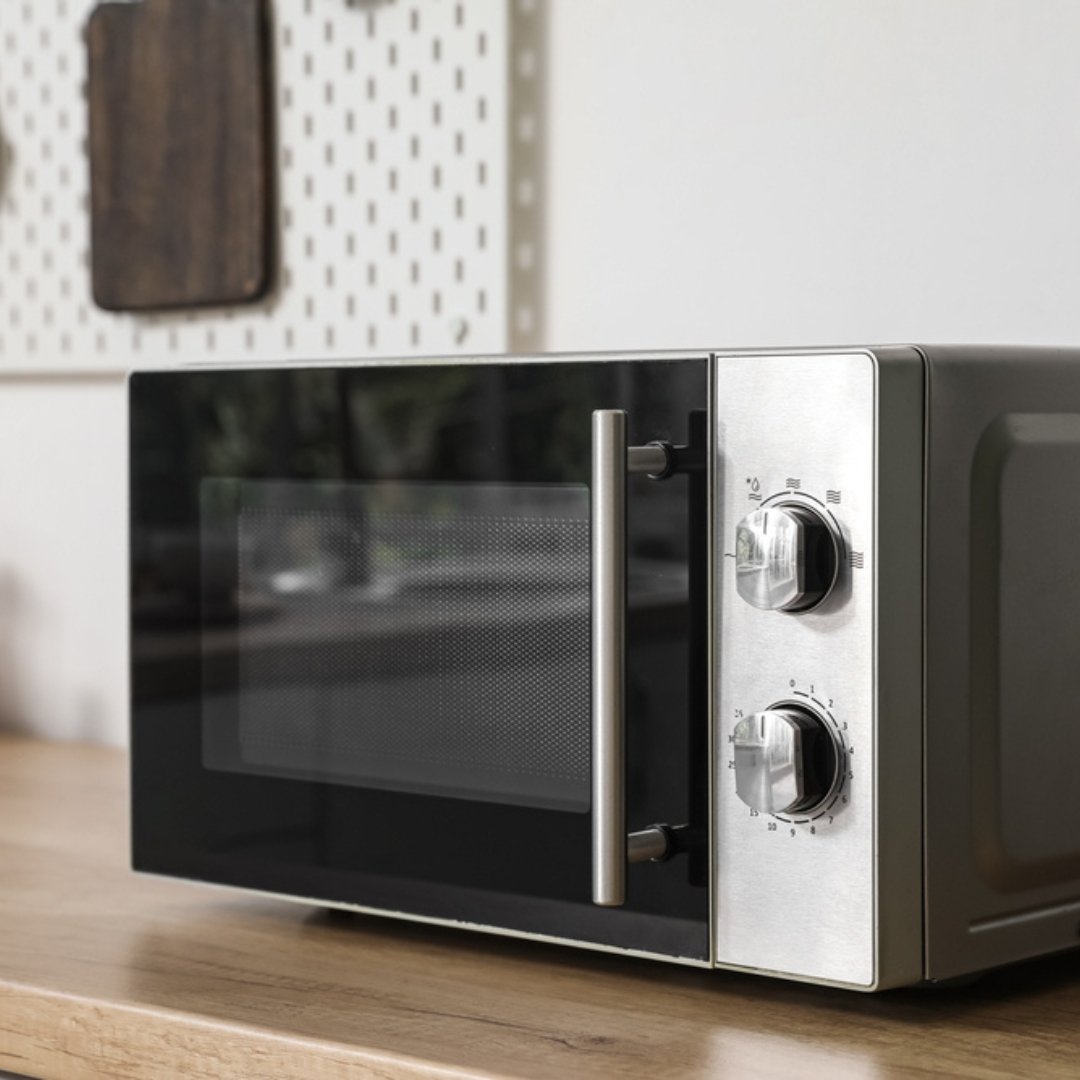How Often Should You Test Your RCD Switch?
Residual Current Devices (RCDs) play a vital role in electrical safety. They detect and cut off power when a fault is detected—such as when current leaks through a faulty appliance or human contact—helping to prevent electrocution and serious injury. But just having an RCD installed isn’t enough. To ensure it works when you need it most, regular testing is essential.
One of the most frequently asked questions by homeowners, business owners, and safety officers is:
“How often should I test my RCD switch?”
The answer lies in a combination of monthly manual testing and annual professional testing, both of which are crucial to maintaining a safe electrical environment. To Know More Click Here

Monthly Manual RCD Testing: A Simple But Crucial Habit
Most RCDs have a built-in “Test” button. Pressing this button simulates a fault to see if the RCD trips correctly. This test is:
- Recommended every month.
- Simple enough to do yourself, no tools or expertise required.
- Designed to confirm that the mechanism is free and functional.
How to Perform a Manual RCD Test:
- Locate the RCD switch (usually in your switchboard or fuse box).
- Press the “Test” button.
- The RCD should trip, cutting off power to the protected circuit.
- Reset the RCD by switching it back on.
If it fails to trip, or won’t reset, call a qualified professional immediately. Neglecting monthly checks can leave you vulnerable to undetected faults. To Know More Click Here

Annual Professional RCD Testing: In-Depth and Legally Recommended
Manual tests only check basic tripping function—not how fast or effectively the RCD reacts under fault conditions. That’s where annual professional testing comes in.
A qualified technician uses specialized instruments to:
- Measure the RCD’s trip time and sensitivity.
- Ensure compliance with AS/NZS 3760 standards or other local regulations.
- Provide documented test results for compliance and insurance purposes.
This form of testing is required in workplaces, rental properties, and environments where appliance safety is a regulatory obligation.
Why Both Testing Methods Matter
Relying only on monthly self-tests can give a false sense of security. Similarly, skipping them entirely and relying solely on annual checks means months of exposure to potential electrical danger. Combining both ensures:
- Immediate functional awareness (via monthly testing).
- Long-term performance assurance (via annual professional checks). To Know More Click Here

SafeTag: Professional RCD Testing You Can Rely On
At SafeTag, we provide scheduled RCD and appliance testing services tailored to your compliance needs. Our experienced technicians follow strict safety guidelines, deliver accurate results, and help your facility remain audit-ready—all without disrupting your operations.
Conclusion: Safety Is in the Schedule
RCD testing should never be overlooked—it’s a simple yet essential step in safeguarding lives and property. While it might seem like a routine task, regular testing ensures that your RCD switch functions correctly and responds instantly during electrical faults. Make it a habit to manually test your RCD every month to catch early issues. Additionally, schedule a professional RCD test at least once a year to comply with safety standards and detect hidden faults. By staying consistent with this schedule, you protect your premises from potential hazards. Trust SafeTag to deliver expert, reliable RCD testing services.
SafeTag – Your Safety Partner in New Zealand
Ensure workplace safety and compliance with SafeTag’s professional testing services. We offer certified solutions for Electrical Testing & Tagging, RCD Testing, Microwave Leakage Testing, and Portable Appliance Testing (PAT). Trust our experts for hassle-free, on-site service tailored to your business needs.




